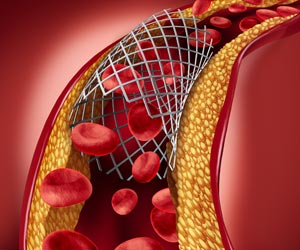Scientists have found evidence that brain regions controlling vision have the ability to adapt in adults, a finding that may offer new hope for individuals suffering from an untreated
Scientists have found evidence that brain regions controlling vision have the ability to adapt in adults, a finding that may offer new hope for individuals suffering from an untreated condition, called lazy eye.
Lazy eye, also named amblyopia, is a condition that is the most prevalent cause of visual impairment in a single eye, affecting about six million people in the United States alone."If not detected early enough-before seven to twelve years of age-the condition has been considered untreatable because the brain wasn't thought to be plastic enough," said Benjamin Thompson of McGill University in Canada.
He added: "The main message here is to show that there really is plasticity in the adult visual system. There is real momentum now to find a treatment for adult amblyopia."
The treatments for children with amblyopia used these days put more stress on patching or otherwise penalizing their "good" eye before the age of twelve. And by forcing the use of the amblyopic eye, children can often recover some function. But no treatment for this problem is available once an individual is past childhood.
According to Thompson, very often the condition goes unnoticed in children as they don't realize that the problem exists. But now, some studies have begun to show evidence of plasticity in the adult visual cortex of human and animal brains.
Now, in a new study, Thompson and his colleagues have shown that such plasticity can be released temporarily with just 15 minutes of repetitive transcranial magnetic stimulation (rTMS)- which is a noninvasive treatment that involves placing a handheld coil against the scalp that delivers a rapid train of magnetic pulses.
Advertisement
After rTMS, people needed less contrast to see those finer details than they had prior to treatment.
Advertisement
He said that repeated doses of rTMS may allow for longer-lasting effects. The treatment might also prime the brain for training regimes in which adults are asked to perform series of visual tasks. Recent studies have suggested that such perceptual training can improve vision in amblyopic eyes.
Source-ANI
SRM








